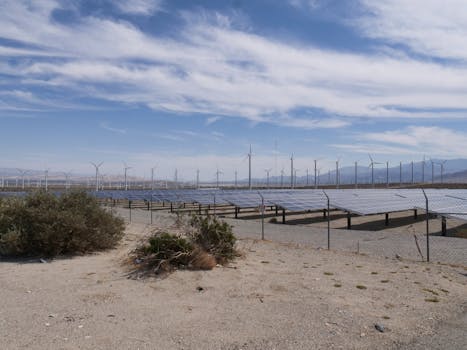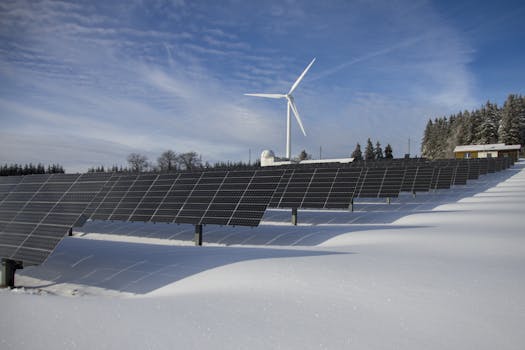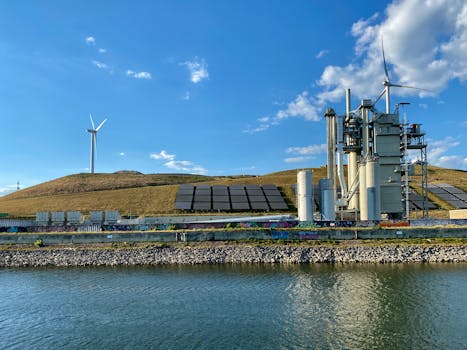
Introduction to Renewable Energy Breakthroughs

Breakthroughs in renewable energy technology are reshaping our approach to sustainability. As the world faces the challenges of climate change and resource depletion, the focus on sustainable energy solutions has never been more critical. This article delves into the latest advancements in renewable energy technology and how they contribute to a sustainable future.
Solar Energy Innovations

Solar energy has seen remarkable breakthroughs in recent years. New photovoltaic materials, such as perovskite solar cells, have emerged, offering higher efficiency rates and lower production costs. These advancements make solar energy more accessible and affordable for residential and commercial use. Additionally, integrated solar solutions, like building-integrated photovoltaics (BIPV), are transforming urban landscapes by incorporating solar technology directly into building materials.
Wind Energy Developments

Wind energy technology has also advanced significantly. Modern wind turbines are larger and more efficient, capable of generating power even in low-wind conditions. Offshore wind farms are becoming a focal point for energy production, harnessing the more consistent winds found at sea. These developments not only increase energy output but also reduce the environmental impact associated with land-use.
Energy Storage Solutions

Energy storage is crucial for the effective use of renewable energy. Breakthroughs in battery technology, such as lithium-sulfur and solid-state batteries, promise higher capacities and faster charging times. These innovations allow for more reliable energy storage, ensuring that renewable energy sources can meet demand even when the sun isn’t shining or the wind isn’t blowing. Enhanced storage solutions are key to achieving grid stability and maximizing the use of renewable resources.
Hydrogen as a Clean Energy Carrier

Hydrogen is gaining recognition as a versatile energy carrier. Recent advancements in electrolysis technology have made it easier and cheaper to produce green hydrogen from renewable sources. This clean energy carrier can be used in various applications, from powering vehicles to providing heat for industrial processes. As hydrogen infrastructure develops, it could play a pivotal role in reducing carbon emissions across multiple sectors.
Conclusion

The breakthroughs in renewable energy technology signify a pivotal shift towards a more sustainable future. As innovations continue to emerge, they offer solutions that not only address energy demands but also contribute to environmental sustainability. Embracing these technologies is essential for creating a resilient and sustainable energy landscape.




